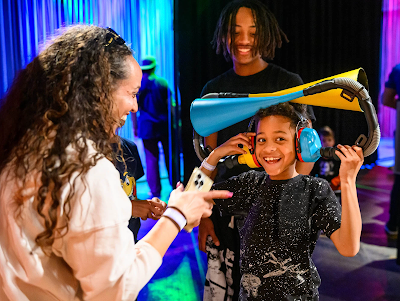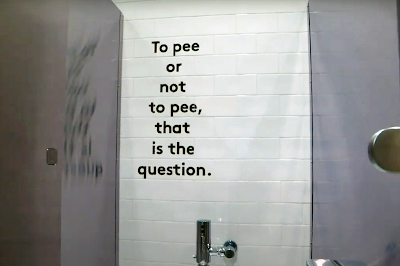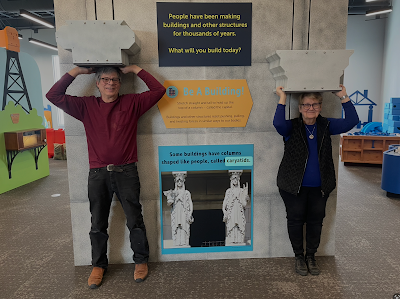Today, we're diving into the delightfully scrappy world of unconventional exhibit materials. When creativity kicks into overdrive, and the hardware store becomes your new best friend.
Because sometimes the best exhibit solutions are hiding in aisle 7, next to the paint brushes.
Here are some of my favorite "Wait, That's Not What It's For" materials:
Pool Noodles
Those colorful foam cylinders aren't just for cannon-balling into pools anymore. I've seen them used for:
• Edge Protection -- slice lengthwise and slip over sharp corners.
• Cable Management -- hollow core = perfect conduit for wiring.
• Kid-friendly barriers -- Zip-tie them together for the world's friendliest crowd control
• Padding for shipping crates -- Cut to fit, way cheaper than custom foam.
Pro tip: Buy them off-season in bulk.
Shower/Curtain Rings
These little metal or plastic rings are the unsung heroes of flexibility.
• Quick-change graphics -- Hang banners that swap out seasonally.
• Modular displays -- Connect lightweight panels that reconfigure easily.
• Interactive elements --Create flip-through graphic cards.
• Budget-friendly hardware -- Sometimes you need 50 rings and $0.79 each beats custom fabrication costs.
Velcro
Industrial-strength Velcro is your secret weapon for:
• Removable artifact labels -- For non-invasive mounting.
• Modular wall systems --Panels that stick and unstick without damaging surfaces.
• Interactive components -- So visitors can move exhibit elements around safely.
• Temporary installations -- Perfect for pop-up exhibits/graphics in awkward spaces.
PVC Pipe: The Lego of Adult Museum Professionals
• Custom display stands -- Adjustable height, lightweight, paintable.
• Cable raceways -- Run power and data wherever you need it.
• Modular structures --Think jungle gyms, but for artifacts.
Magnetic Sheets
Thin, flexible magnetic sheeting transforms any metal surface into an interactive playground.
• Changeable graphics --Print directly onto magnetic material.
• Kid-height interactive zones -- Magnetic poetry, anyone?
• Staff work areas -- Instant bulletin boards on metal cabinets.
Household Items with Museum Potential:
• Ice cube trays -- For organizing small artifacts during installs.
• Lazy Susans for rotating displays -- Because everything is better when it spins.
• Drawer organizers -- For tool storage in Maker Spaces.
• Tension rods --For instant, non-permanent hanging systems.
Reality Check!
Before you go wild with the zip ties and duct tape, let's insert a quick Reality Check:
When to DIY: Quick fixes, temporary installations, tight budgets, prototyping, staff work areas.
When to call the Pros: Anything structural, high-traffic areas, permanent installations, safety-critical components, anything involving valuable artifacts.
The Golden Rule: If visitors will touch it, lean on it, or if it's holding something irreplaceable, spend the money on proper materials and installation.
So, next time you're wandering through a hardware store, grocery store, or even scrolling through Amazon, ask yourself: "How could this solve my exhibit problem?"
You'd be amazed at what creative solutions emerge when you stop thinking about objects in terms of their intended purpose.
The best museum design hack is the one that works for YOUR space, YOUR budget, and YOUR visitors. Now go forth and MacGyver responsibly!
Don't miss out on any ExhibiTricks posts! It's easy to get updates via email or your favorite news reader. Just click the
link on the upper right side of the blog.
Paul Orselli writes the posts on ExhibiTricks. Paul likes to combine interesting people, ideas, and materials to make exhibits (and entire museums!) with his company
If you enjoy the blog, you can help keep it free to read and free from ads by supporting ExhibiTricks through our

















.jpg)








